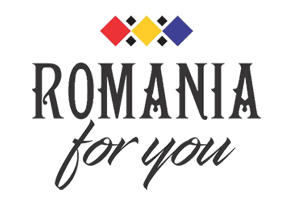+40 21 411 26 26 / +40 722 394 858
office@romaniaforyou.com
+40 21 411 26 26
The site contains photos purchased from Shutterstock
GARANTEED DEPARTURE
BONUS! Traditional dinner
BONUS! Romanian folklore evening with music and dance
The Danube Delta is fascinating at any time of the year. Each season has its charm to be discovered by visiting this exotic land, this heaven of birds and fish.
The Delta is a refuge for wildlife lovers, bird watchers, fishermen and anyone who wants to move away from the city in a dream area for a few days. There are beautiful beaches, secluded in both Sulina and Sfântu Gheorghe, and fish, and especially fish soup, are the best in Romania.
Listen to the noises of nature, the rustling of the reeds in the boat rides on the canals and lakes of the Danube Delta, admire the beauty and grace of the birds that arrow the endless blue stretches and then you will begin to identify with this wonderful place.
Children’s Payment Policy:
Accommodation:
Egreta Alba Pension
Located in Dunavăţu de Jos, Egreta Alba has a bar, shared lounge, garden and free WiFi. This property offers a common kitchen and a barbecue. Some rooms at the property have patio overlooking the garden.
The rooms have a private bathroom with shower, and some units at the hostel also have a seating area.


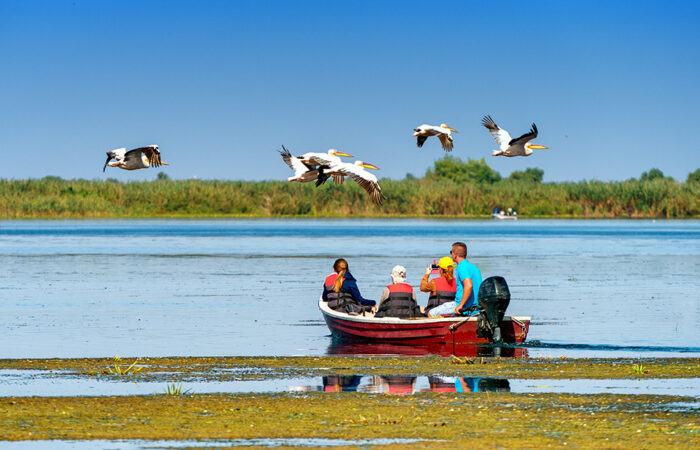
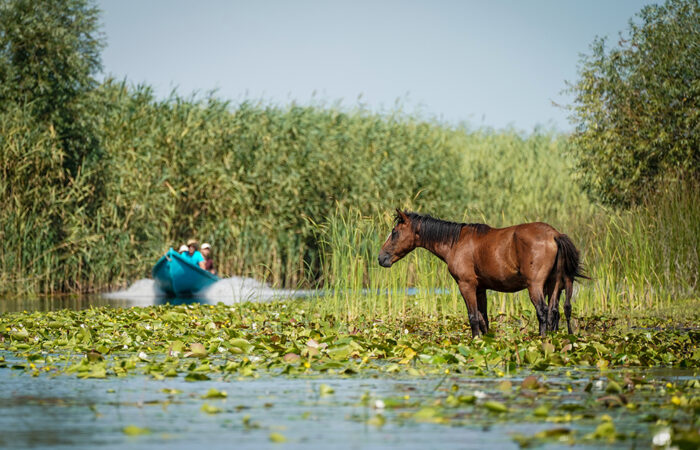
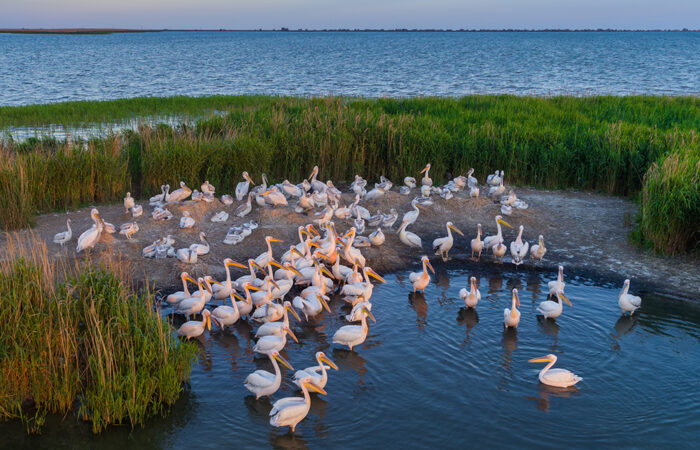
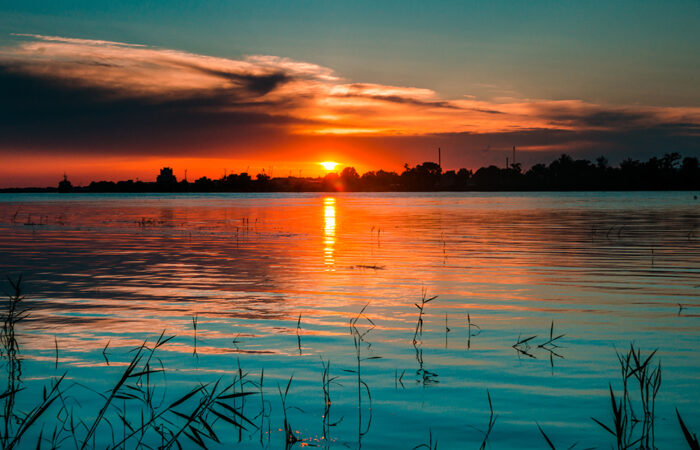
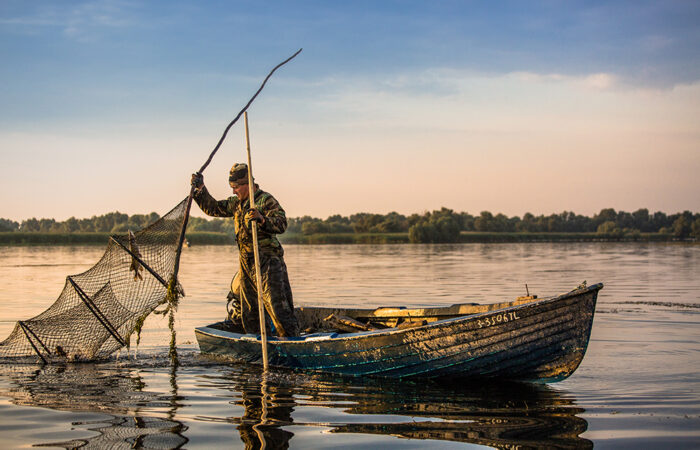
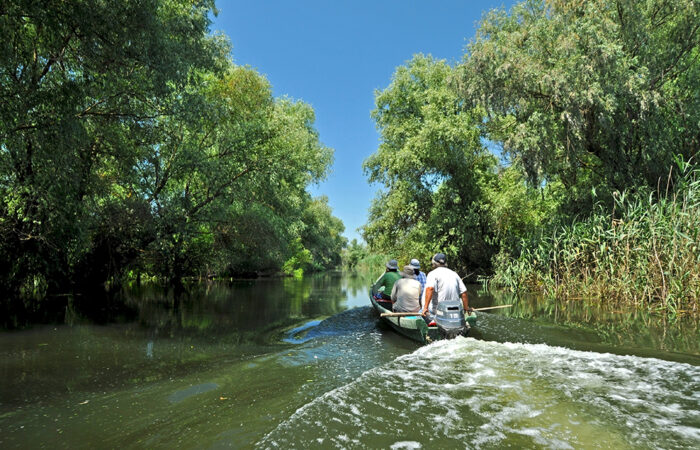
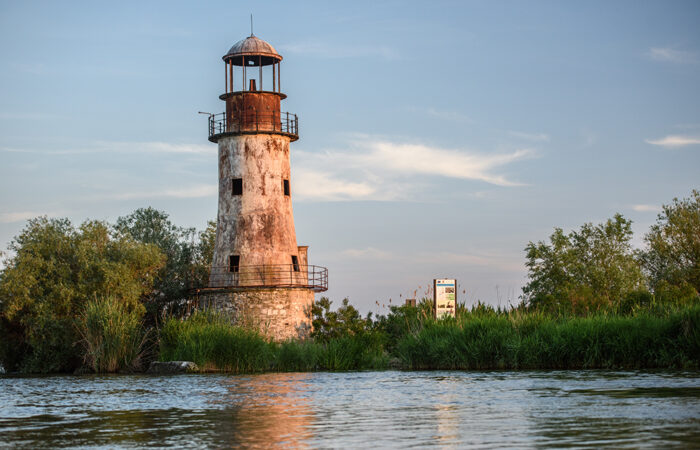
Meeting approx. at 06:00 departure 06:30 in the morning from Bucharest Constitution Square.
Following this route above we make a stop at Enisala fortress.



Enisala Fortress, the only medieval fortress in Dobrogea. It was erected at the end of the thirteenth century, by the Byzantine powers, then by the Genoese ones, and had a military role. In the fourteenth century the fortress was included in the defense system of Wallachia, then it was transformed into a garrison of the Ottoman Empire.
Over time, a part of the fortress was rebuilt, currently from it resisting only a few walls and a tower. Exhibition visit fee: 2 Euro/adult; 1 Euro/pensioner, pupil, student.
Then we arrive at the Ecotourism Museum Center “Danube Delta” in Tulcea.
The museum opened its doors to the public on February 25, 2009 and was founded within the Phare 2005 Cross-Border Cooperation Program Romania- Ukraine. Modern construction, the museum has three most attractive levels being the basement, where there are pools with fish.
At the entrance, we can see documentaries about the Danube Delta and Dobrogea, presentations from the genesis of the delta until now (panels with information, photographs, maps, dioramas that reconstitute the flora and fauna specific to Northern Dobrogea).
In the basement are the aquariums, perhaps the most captivating section of the museum. The first
aquarium is cylindrical and presents a tube through which we can sneak to look at the fish from the inside out. A fascinating idea, to sit “next to” a shark.
Next are some colors with very large aquariums and a glass tunnel under the largest pool of the museum (the one with sturgeons), which create the impression that the fish are swimming over their heads. At the Aqvarium we can see various species of fish: from the Danube and the Black Sea, migratory species, culture fish, exotic species.
In the hallway at the exit you can also see a pool with turtles and you can buy a souvenir from the museum store.
Visiting it, one can rightly conclude it is called the most beautiful in Romania.
The traditional fishing village is located on a small hill near Lake Zaghen, on the road between
Tulcea and Mahmudia. It is set up as an open-air museum where we find traditional houses from the Danube Delta scattered between the 3 alleys that symbolize the three arms of the Danube – Chilia, Sulina and St. George. And the traditional houses are from Ceatalchioi, Periprava, Chilia,
Jurilovca, Mila 23, Crișan, Sulina, Sf. Gheorghe, Murighiol, Letea… painted in the traditional
combinations of white-blue-green, traditionally covered with reeds.
Reed houses smeared with clay, adobe houses, stick fence houses smeared with clay, reed houses, without clay, some also covered with wood… but painted so beautifully… in white, blue and green.
In the evening we arrive at hotel / pension 3 * – Egreta Alba or similar, accommodation and welcome dinner.
Breakfast at the hotel.
After breakfast we go on a boat ride of about 3 hours on the Danube canals to see some spectacular images of the Danube Delta.
The route chosen: Brat Sf Gheorghe-Uzlina-CanalUzlina-Lac Uzlina-Lac Durno Leapca-Lac Isacel-Lac Isac-Canal Isac1-Canal Litcov-Lac Potcoava-Lac Gorgova-Canal Filat-Brat Sf. Gheorghe to discover the uniqueness of local flora and fauna (birdwatching), water lilies, colonies of pelicans and
cormorants. (optional trip fare 20 Euro/pers for a ride for spectacular pictures)
Then we discover the beauties of the area: we visit the Halmyris monastery and the fortress with the same name.
Dedicated to the Holy Martyrs Epictetus and Astion, is located in Murigiol, Tulcea County. The two holy martyrs, whose Holy Relics are today for worship in the monastery church, are the saints with the oldest Holy Relics in Romania.
The ancient fortress of Halmiris
The city called “Halmyris” appears mentioned since the first century. In the past, this lake was called Halmiris, which means “salt water”. Halmiris Fortress was an important commercial and military center of the Roman Empire, for its location at the intersection of land, river and maritime roads of the time.
By the end of the fourth century, the city was fortified, and inside it, there functioned a basilica and an episcopal center. The fortress was destroyed after a barbarian invasion. The miracle happened. At the beginning of the VII century, between the ruins of the fortress, the remains of
a church were discovered, dating from the first half of the IV century. The ruins of the ancient fortress in halmyris town were discovered between two localities of Tulcea county, Murighiol and Lower Dunavatul.
The archaeological site was opened in 1981. It was only in 2000 that an episcopal church was discovered. Moreover, on August 15, 2001, in the crypt under the Altar of the church were discovered the Saints Relics of the two Holy Martyrs, Epictetus and Astion (+July 2, 290). The bones of the two local martyrs were identified on the basis of a rest of the inscription, in Greek.
We return to accommodation, traditional dinner, music and dance.
BONUS! Romanian floklore evening with music and dance.
After breakfast we separated from these wonderful places, we returned home not before visiting the Dobrogea monasteries and making a stop at the Murfatlar wine cellars.
Celic Dere Monastery which is located in the northern part of Dobrogea being an important center of spirituality between the Danube and the Black Sea. The name of the monastery is taken from celic-dere brook (Turkish name, in Romanian meaning “steel paraiasul”). In the chapel of the monastery, on the left side, near the altar, there is the icon of the Miraculous Mother of God, dressed in silver and overlaid with gold, who escaped twice from the fire.
Cocos Monastery is located 6 kilometers away from Niculitel village and about 35 kilometers west of Tulcea city. The monastery is led by a community of monks, having as dedications the Descent of the Holy Spirit (the great church) and the Holy Hierarch Nicholas (the chapel).
The monastery is located in a secluded place, at the foot of a hill enveloped in the fragrance of linden forests. Once, long ago, from this hill was heard one night the song of a wild rooster accompanied by a beating of a stew. The monks say that this song is still heard today, sometimes.
The first documentary record of a religious settlement in this place is from 1679, when we learn about the existence of a hermitage of hermitage.
The sunny region between the Danube and the Black Sea is a paradise of vines, with extensive vineyards and rich fruit. In the land bathed by waters and browned by the sun, the cultivation of the vines was intertwined with the religion of those on these lands.
The cult of Dionysus was practiced by the peoples who lived in Dobrogea. Proof of this are the remains sprinkled at every step by our ancestors, which archaeologists bring to light.
In the museums founded near the ancient fortresses or near the largest vineyards are exhibited in a place of honor amphorae and other objects dedicated to the god of wine.
In an oenological map of Romania, Dobrogea is considered a kingdom of vines.
It is divided into two main regions: the wine region The Hills of Dobrogea and the wine-growing region The Danube Terraces.
Specialists describe Dobrogea’s wines as being of nobility, being from the pinot gris, Chardonnay, Muscat Ottonel, Sauvignon, Merlot, Riesling, Cabernet Sauvignon, Pinor Noir, Fetească Albă and Neagră varieties.
Visit to dobrogea wine cellar with tasting (for 5 wines – price 15 Euro / pers).
We then head to Bucharest where we arrive approximately around 20:00-21:00 depending on traffic and weather conditions.
